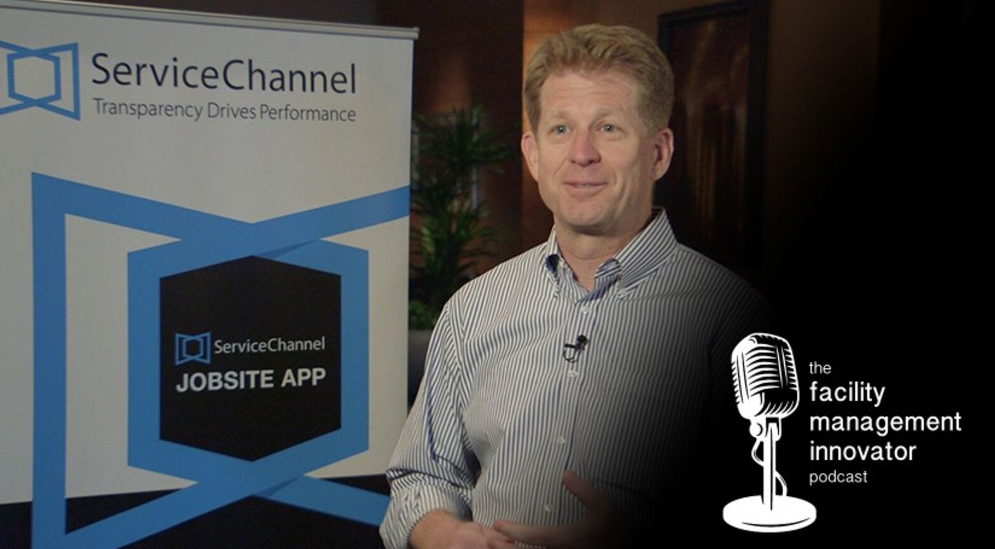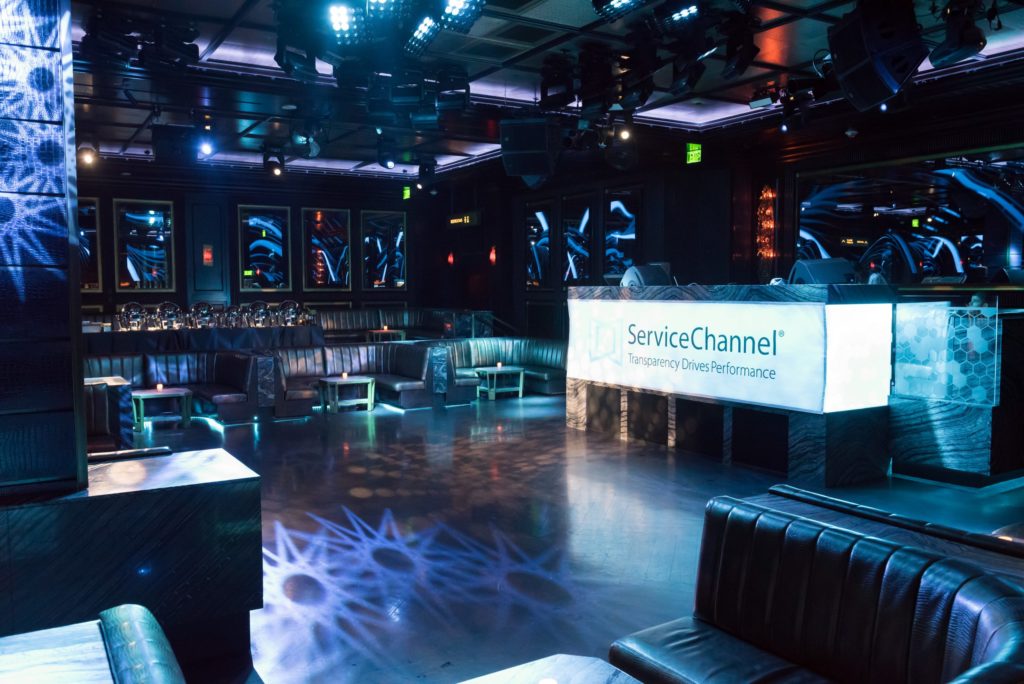Retail Facilities Management Joins the Internet of Things

IoT (Internet of Things) is everywhere. Recently I was killing time in the airport and picked up a month-old copy of Fortune magazine. What do I find there? Article after article about IoT. One article described a Lake Orion GM factory in Detroit where industrial robots detect and report potential problems in the motor of their joints to ensure uninterrupted operations. Another article talked about the difficulties of maintaining and servicing remote wind turbines in California and how a sophisticated built-in condition monitoring system adjust the frequency of scheduled maintenance.
What is Internet of Things, and why all this hype? An IoT concept is a world where every hardware device with an on and off switch is connected to the internet, and therefore connected to us and other devices. A physical object becomes a digital data product, and therefore can report on its location, condition and state. In addition, it can be tracked, controlled and personalized.
 The consequences of such a connected world are enormous. Technologists predict a very near future when smart roads automatically route traffic based on weather conditions and accidents, forests report preemptive fire conditions, and bridges and buildings monitor their structural health.
The consequences of such a connected world are enormous. Technologists predict a very near future when smart roads automatically route traffic based on weather conditions and accidents, forests report preemptive fire conditions, and bridges and buildings monitor their structural health.
How the Internet of Things Is Impacting Retail Facilities Management
The applications for IoT in the retail FM industry are many. Some of these ideas are not new, but historically the ability to connect equipment was difficult to implement and maintain. Now, however, the decreasing costs and wide proliferation of broadband connectivity, increase in devices with built-in sensors and modems, and skyrocketing adoption of smartphones are creating a “perfect storm” for IoT in facilities.
Here are some examples of IoT applications in retail facilities management. Imagine that:
- Smart Lighting systems adjust the lighting levels based on weather conditions, time of day and store/location traffic
- Mechanical Equipment reports potential issues with its components and suggests better; scheduled maintenance based on run-time hours
- Indoor Air Quality sensors alert of sub-optimal conditions
- Vibration sensors notify of potential structural health issues in buildings
- Trash Compactors indicate when full to optimize the collection schedule
- Leak detectors create plumbing work orders before the floor is ruined
- Foot traffic sensors send signals to HVAC and lighting systems to provide optimal customer experience in specific store/location areas
Why Is IoT Not Quite Everywhere Yet?
The opportunities are truly astonishing, but why are we still not there yet? There are a few significant challenges we need to overcome:
- No Unified IoT standards – Major players, like IBM, Cisco, Intel, Google, Apple and others cannot agree on a common language in which their devices can speak to us and each other.
- Security – Although the data can be easily encrypted, there are still many valid security concerns left. Each IoT device needs some remote access, but how are we do manage millions of passwords?
- Connectivity – In some areas, like basements or machine rooms, broadband or WiFi connectivity is still difficult or impossible to access.
- Massive Amount of Data – We are not sure if the current data infrastructure can handle the enormous increase of information passing from and to the IoT devices.
- Industrial Hardware Lifecycle – We are expected to change and upgrade our smartphones every two years, but most industrial hardware has a lifecycle of 15-20 years. Although new hardware will come equipped with sensors and internet connectivity, existing equipment needs to be retrofitted to be included in the IoT club.
These challenges are difficult, but a lot of smart people are focusing on solving them, and within two to three years, we will see an explosion of connected devices in the retail FM industry.
Implications of IoT on Facilities Management Software
To augment and amplify the amazing abilities of tomorrow’s IoT equipment, your FM software must evolve into a true FM platform. A software platform, as opposed to a software product, allows multiple third-party systems, devices and apps to be built on the same technical framework and to exchange information effortlessly.
So how can a good software platform accelerate the adoption of IoT in the facilities management industry? It’s essential that the platform be open, intelligent and asset-centric.
- An Open platform provides easy connectivity via APIs (Application Programming Interfaces) to IoT devices no matter what language they speak by providing industry-standard APIs to third party developers.
- An Intelligent platform filters out the noise of billions of sensors bombarding you with alerts by combining Big Data and Machine Learning. Such a platform will keep you afloat by turning the massive amount of information into actionable data so that you can make faster and more accurate decisions.
- And finally, an Asset-Centric platform is required to make sense of what the sensors are reporting and how it relates to specific assets that affect the conditions of your locations and customer experience. Identification of particular assets that need repairs, adjustment of planned maintenance based on the runtime hours and better repair-vs-replace decisions are finally achievable due to IoT, broadband connectivity and the proliferation of smartphones in the service contracting industry.
The Internet of Things is fast approaching and will impact all aspects of many industries (including retail) as well as the facilities management sector. With all the data that will be created and the impact it will have, it’ll be essential to have a data-driven facilities management platform to manage this ‘new world’ environment.



